The Katse Dam is an engineering spectacle, a human attempt to control the water, which in this area, is plentiful. By visiting this architectural spectacle you can understand, without much knowledge, how colossal this work is and the advantages and disadvantages behind such an intervention in nature.
This water dam is the second largest arch-shaped dam in Africa, and one of the highest. The first is in Lake Kariba, between Zambia and Zimbabwe. If you want to know more about the latter, click here.
Located in the middle of the Maloti mountains that are up to 3,000m high, this 185m high dam is nestled between the mountains retaining the Malibamat’so river. This dam provides water to the country of Lesotho, but also to the town of South Africa, especially in the province of Gauteng (Johannesburg and Pretoria), through an economic treaty signed by the two countries.
It is impossible not to be impressed by the great majesty of this work when you are below everything from the dam and how insignificant you feel next to it: the roar of the water that comes out, the colossal wall next to you and you down there, thinking what would happen if that construction broke right now.
Like it or not, apart from the practical function of the dam which is the creation of electric power and the distribution of water in Lesotho and South Africa, every day the few tourists who come to Lesotho, including us, they try to get to the very middle of the country, to visit this monumental construction that plays such an important role in the life of southern Africa, as if it were a beating heart.
How to get there?
There are two options to get to Katse Dam, depending on whether you come from the north from Leribe (also called Hlotse) or from the south from Thaba-Tseka.
If you come from Leribe, you will need to leave the beautiful, wide and paved A1 road, to go further into the center of the country while following the A25, a paved but slightly narrower road. Overall, it is in good condition. The distance between Leribe and the Katse Dam information center is about 120km, about 2h 30min, if you make a strategic stop midway to stretch your legs and see the scenery. There will be a moment, when you will see an indication, you can turn off the A25 road and drive your car over the dam. A very curious experience! The directions will then take you up to the information point where you can park and ask for an appointment to start the visit to the dam.
If you come from Thaba – Tseka, you must also follow the A25, but this time it is not a paved road. You will find gravel, dirt and holes. However, the scenery is very beautiful and you will pass through rural areas and villages. The journey is about 60km, but think that it will take you at least two hours on the way due to the state of the road.
When to visit?
The warm season or summer in Lesotho runs from October to March. The hottest month is January. Temperatures between 10-18ºC can be reached. The winter or cold season in the area runs from March to October, with July being the coldest month of the year. Temperatures usually range from -3ºC to 10ºC (but keep in mind that the higher the altitude, the colder it will be).
The problem, however, is that the rainy seasons coincide with the warm temperature, so we will find more rain when the temperature is better. The month that rains the most is also January and the months that rain the least are June-July.
For us, the most advisable months would be April and May, as it is relatively dry and not too cold, or from September to October, as the summer rains have not yet started.
However, you know that time is relative and changing these days. We visited Lesotho in April, theoretically one of the best months to do it and yet, the week before going up, it had been raining heavy all week.
What to do in Katse Dam?
-Visit Katse Dam:
We highly recommend a visit to this water dam. In itself, it is impressive to visit one, but what is more, you are visiting the second largest and highest dam in Africa! So without hesitation, see how to get there if you have the chance because you will really like the visit!
The visit starts from the visitor center, where you pay the entrance fee and you will be assigned a guide who will take you through the entire dam and explain its features and how it works. First from the outside and then you can go inside and visit the different interior parts. The visit concludes at the top of the dam, where you can see the reservoir on one side and the waterfall on the other.
The visit has a price of 30 rand per adult (1.64€) and 15R per child (0.82€). It lasts about an hour. There are three visits a day: one at 9am, one at 11am and one at 2pm.
-Learn some of the geeky curiosities of construction
As good work of engineering, it has a great amount of curiosities that are worthy to explain them for more than an hour. If you are going to visit, the friendly guide will explain the features and how it works more clearly. Here, however, is a note of 9 curiosities or facts that we would like to highlight about the construction:
1. The dam wall is 185 meters high, 60 meters wide at the base and 9 meters wide at the top. It is curved from side to side and top to bottom, making it one of only 30 double-curved concrete arch retaining walls in the world.
2. The construction of the dam took six years and 2.32 million cubic meters of concrete were needed to build it. They had to create a new road from Leribe to be able to load trucks full of cement to transport it from Ficksburg (about 24km from Leribe) to Katse.
3. Inside the dam wall are a series of parallel galleries that use precision laser instruments to check the movement of the wall and the behavior of the dam. The galleries also act as drainage tunnels for water seeps from the mountain.
4. The dam currently supplies about 30 cubic meters per second of water to South Africa. That country pays Lesotho $35 million a year, plus a variable amount based on the calculated benefits of its country’s continued water use.
5. During the initial excavation, the bedrock of the Malibamat’so River was discovered to be seismically unstable, so engineers incorporated a movable joint at the base of the dam to allow it to flex. Impressive, right?
6. Katse Dam is also one of the ten largest concrete arch dams in the world by volume, with a capacity of nearly 2 billion cubic meters and an area of 38.5 square kilometers.
7. One of the worst consequences of the project has been the relocation of the homes of the population that lived in the area. About 20,000 people lost their homes, farmland or communal pastures (although new housing of a similar size was provided elsewhere). But the effects are still felt today, with some communities that once shared social ties now cut off from each other by the reservoir.
8. The dam project has also been a source of widespread corruption, where the country’s courts have had to prosecute large companies involved in the scandal, as well as a Lesotho bureaucrat who accepted the bribes. So far, there have been a number of convictions and at least one company debarred by the World Bank for its involvement in the scandal.
9. Katse Dam is part of the Lesotho Highlands Water Project, which will include 5 large dams in remote rural areas, as a means of supplementing the country’s and neighboring South Africa’s water supply. The main objective will be to collect water from the country’s main rivers and create lakes to store it. The water will be transported through tunnels from the north, to the South African rivers that reach the Vaal River dam. There, large towns like Johannesburg or Pretoria, densely populated, would benefit.
If you want to know more about this issue of water and the problems it entails for the country, we recommend that you read this article of Mundo Negro “ White gold is eroding Lesotho” of Carla Fibla García-Sala.
-Have a picnic from one of the viewpoints at the reservoir
A perfect plan for the day visiting the dam is to look for one of the viewpoints at the reservoir or at the dam, and settle there at noon, when the weather is nicer. Take your lunch with you or cook it there if you are equipped to do so, open table and chairs, some good olive trees and hey, enjoy the view!
The tall green mountains around you, the sound of the dam water when it falls, the birds flying above you and good company, and you have it all.
Remember that if you are not free camping, it is preferable to drive during the day. So, keep an eye on the clock so you don’t leave the dam too late and be at the place you want to sleep before it gets dark.
-Visit the Katse Botanical Garden:
The botanical garden which is located very close to the Katse dam, is a sample of all the plants that can be found in the area. Before the dam was built, a series of plants were rescued from the area that would be flooded and replanted in the botanical garden to mitigate the impact of the dam. Above all, spiral aloes were recovered.
The collection focuses on medicinal plants traditionally used by the Basotho people. The botanical garden also has a large seed bank. Currently, it is the highest botanical garden in the southern hemisphere with an altitude of 2,229 meters.
When we went there, in April 2022, it was still closed due to Covid, but we hope that it will soon be possible to visit again. If you are going to visit the dam, do not hesitate to approach it, they will explain the whole project to you.
Where to sleep in Katse?
– Choks Guesthouse: This small guesthouse is located on the outskirts of Lejone. Located halfway between Leribe and the Katse Dam, it is a good option if the day has been cut short and you need to stop earlier. It has small but clean rooms, in a quiet location. Double room for two people for 450 malutis. If you want to contact the accommodation you can call: +2665179 5134 // +26657886780 or consult their website here.
– Mohale Oa Masite Hotel: It is conveniently located in the center of Thaba-Tseka town. It has double rooms with breakfast and free Wi-Fi. If you want to contact the accommodation you can call +26622900980.
– Sisters of Charity B&B: This modest accommodation in Thaba-Tseka is part of the Church of the Sisters of Charity. They have simple and clean rooms at a price of 600 malutis for a double room/night with breakfast included. It has free parking in front. We camped in their parking lot negotiating with the person in charge at the time.

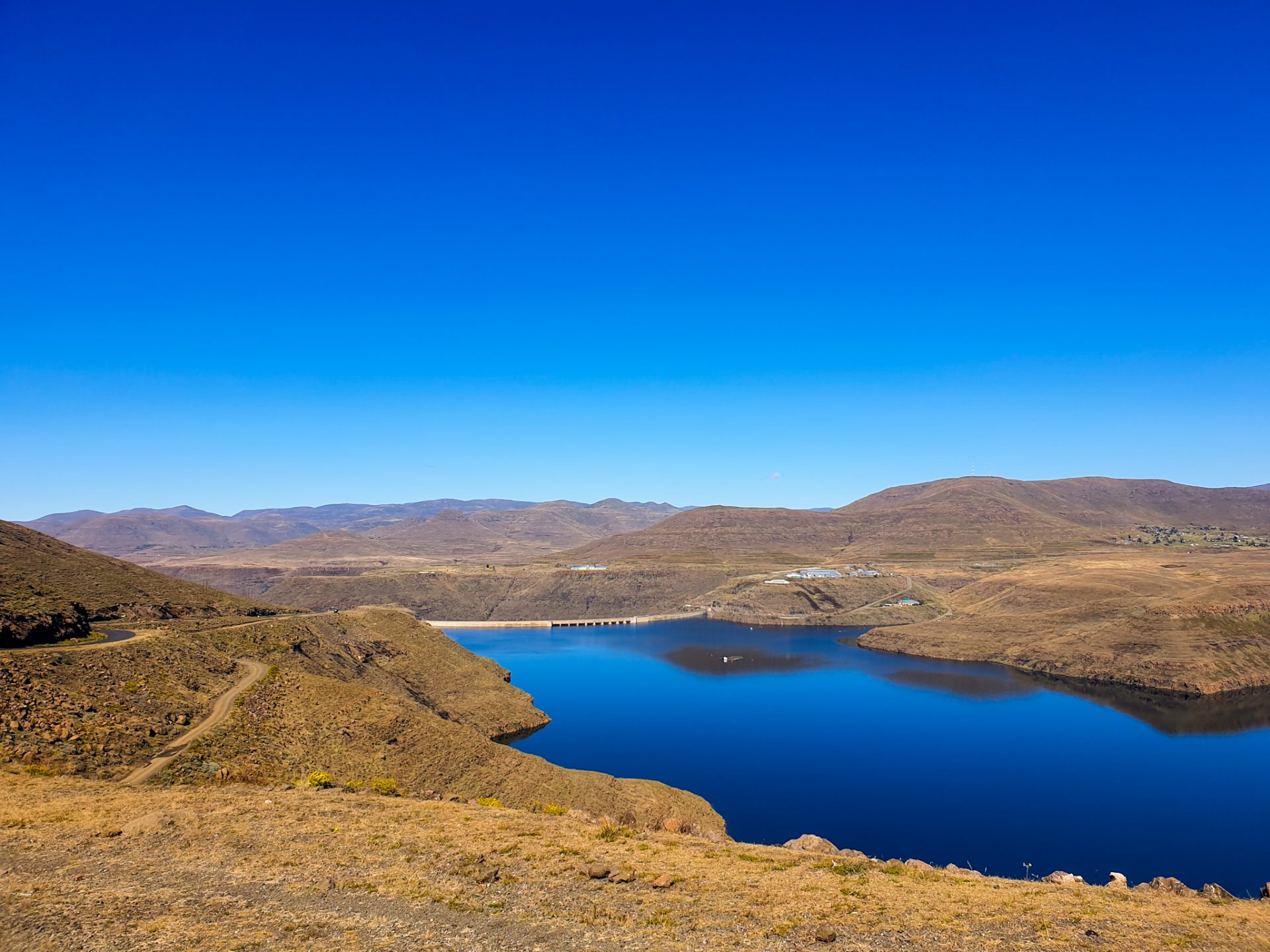
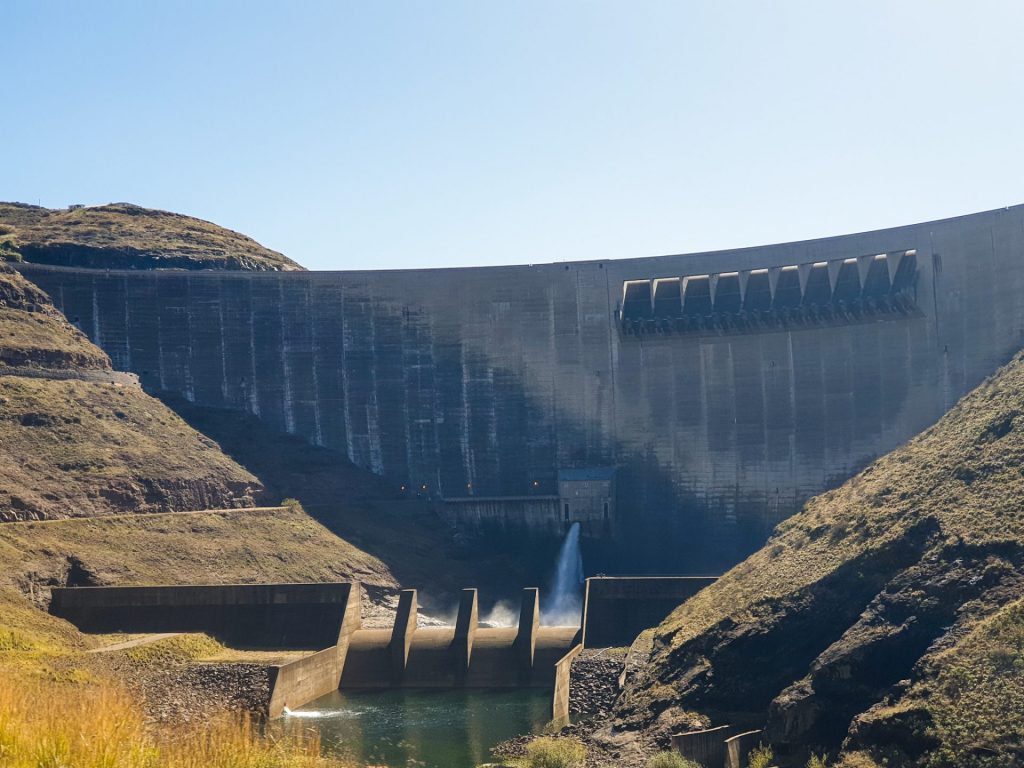



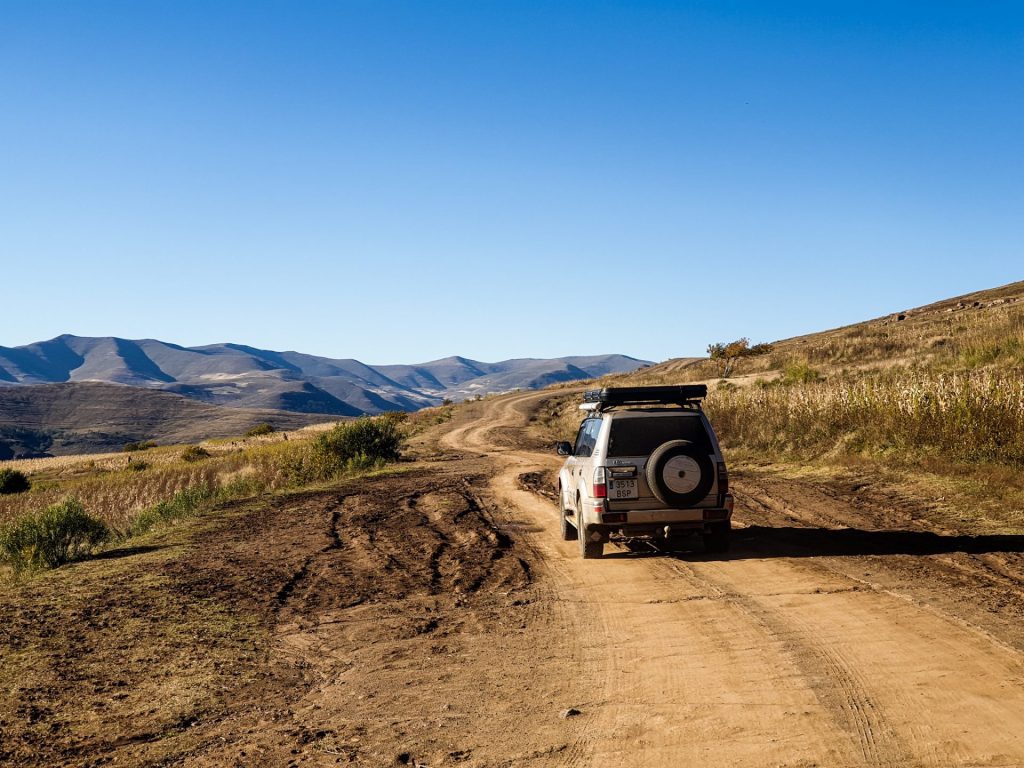


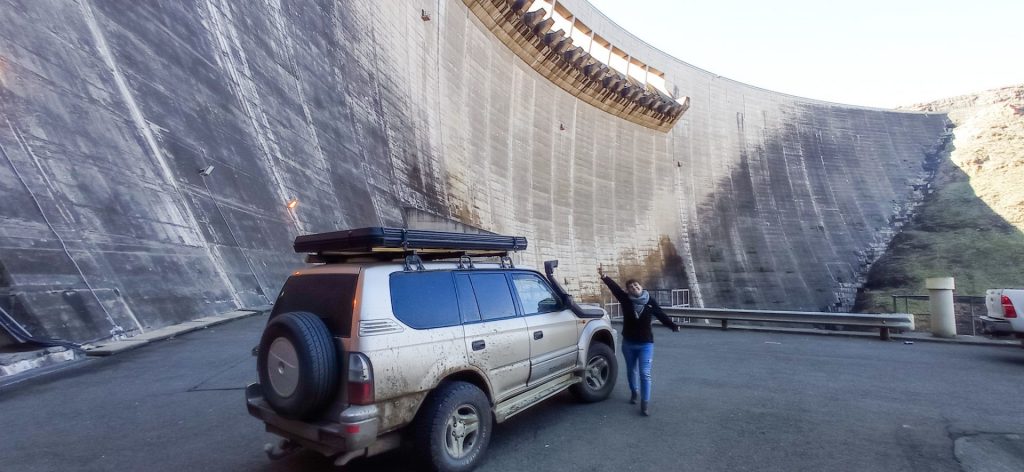
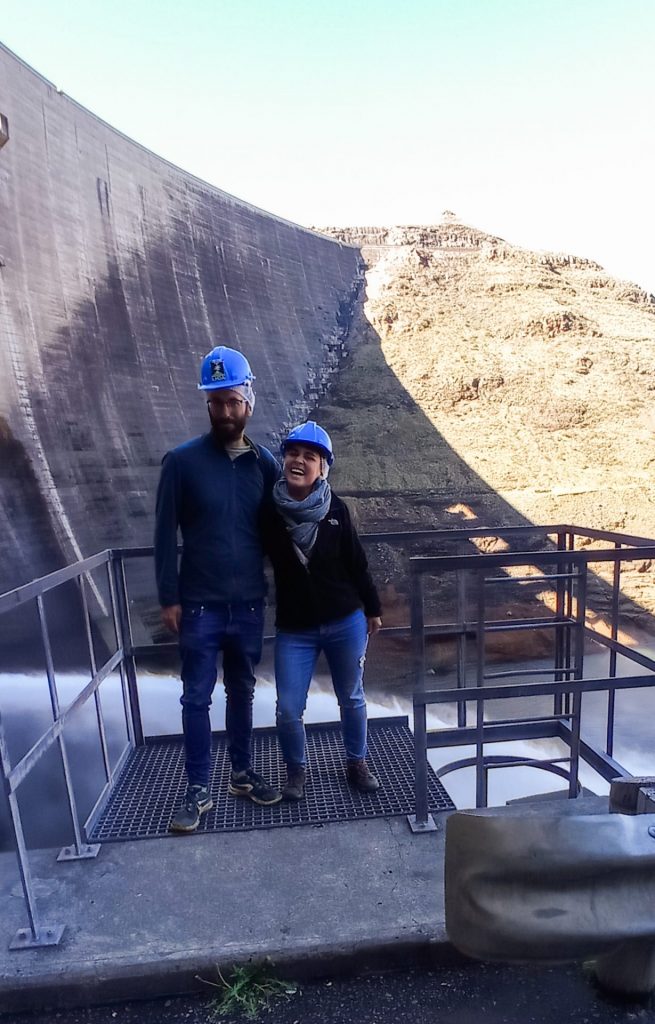
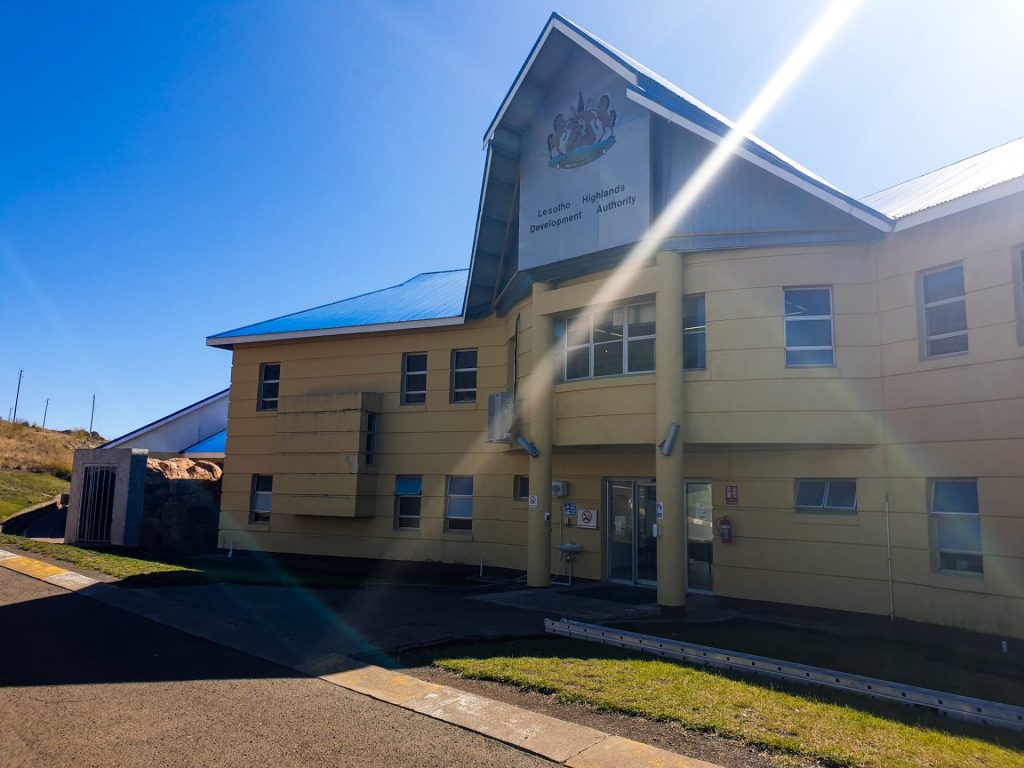



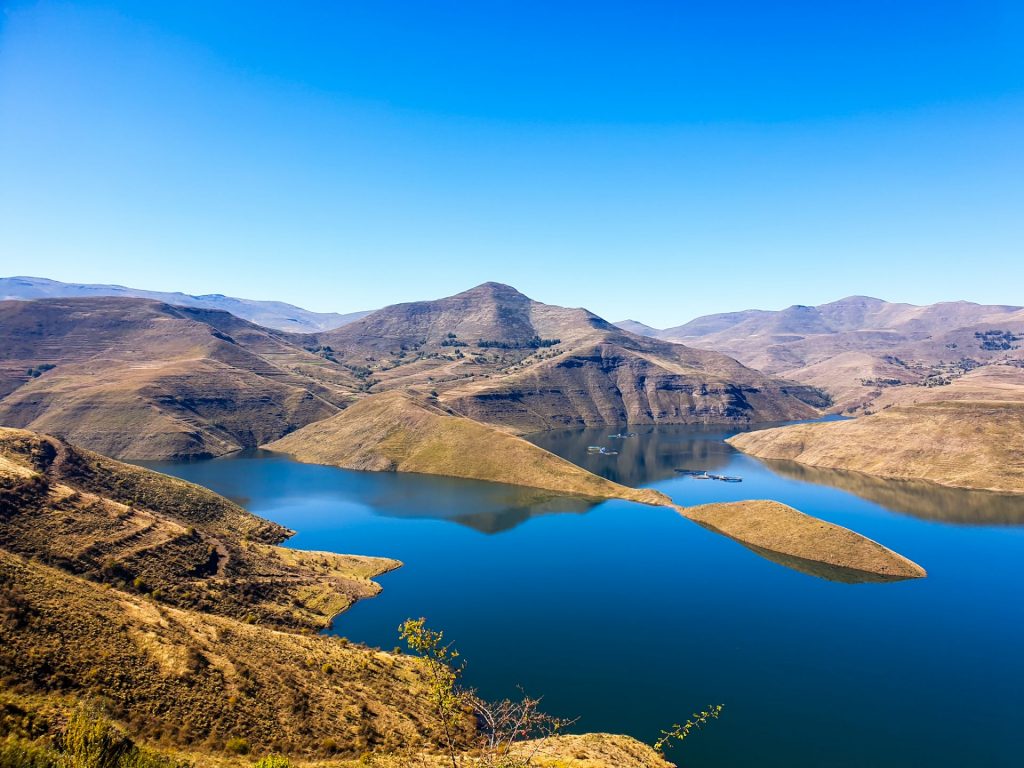

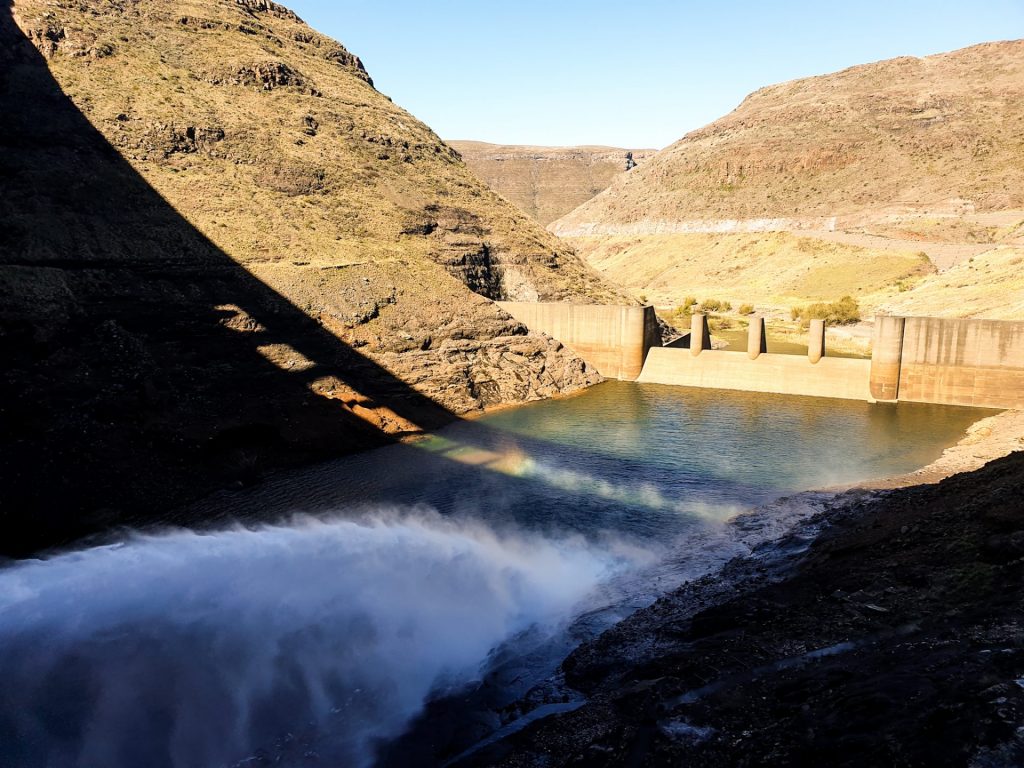



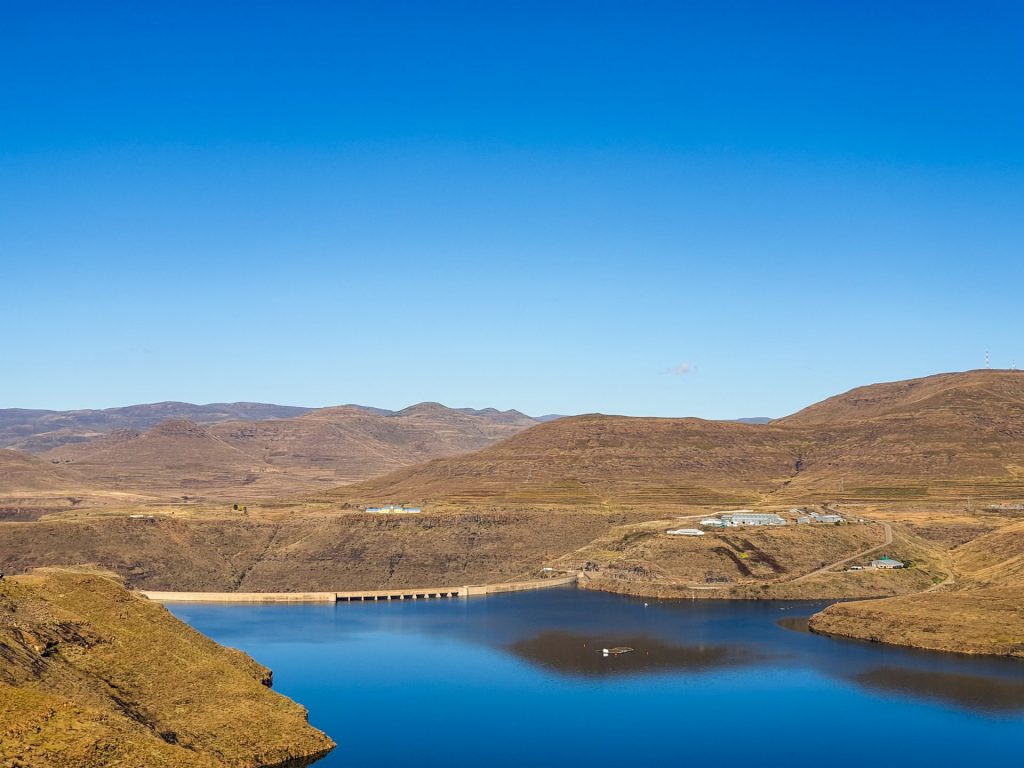
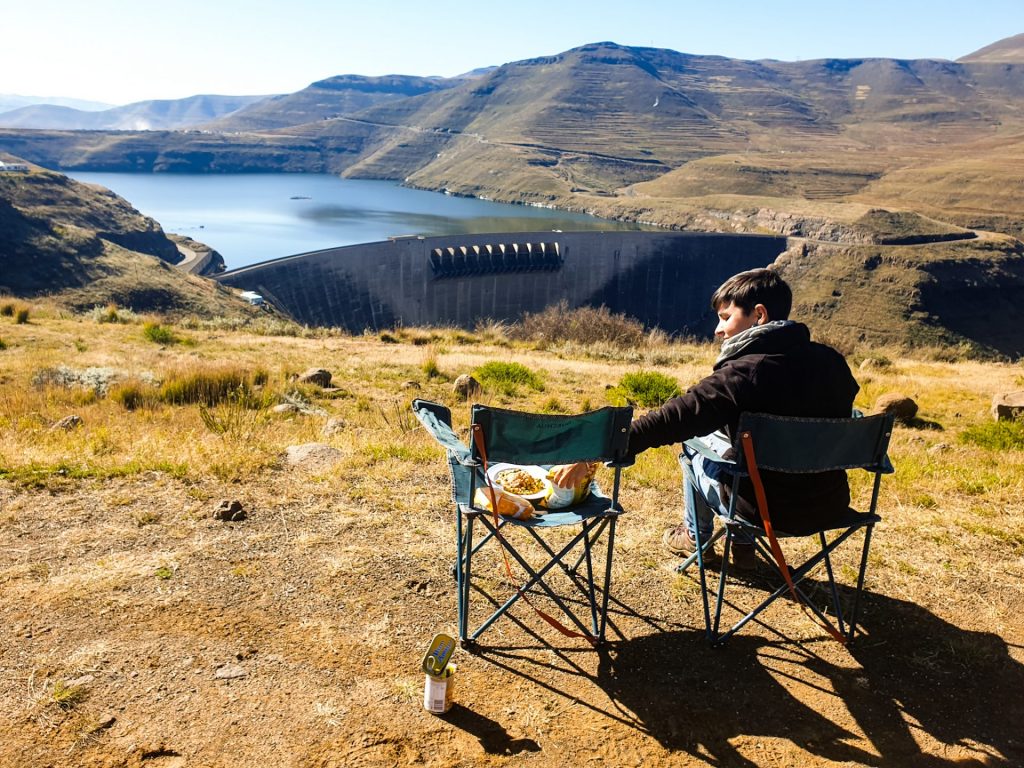
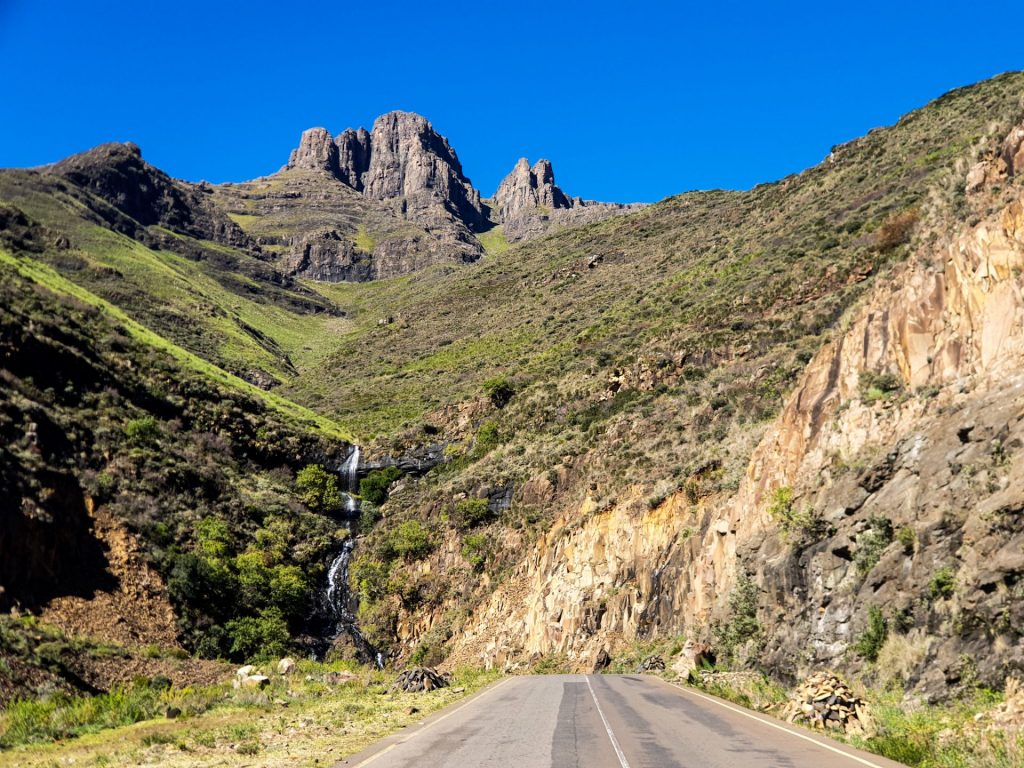

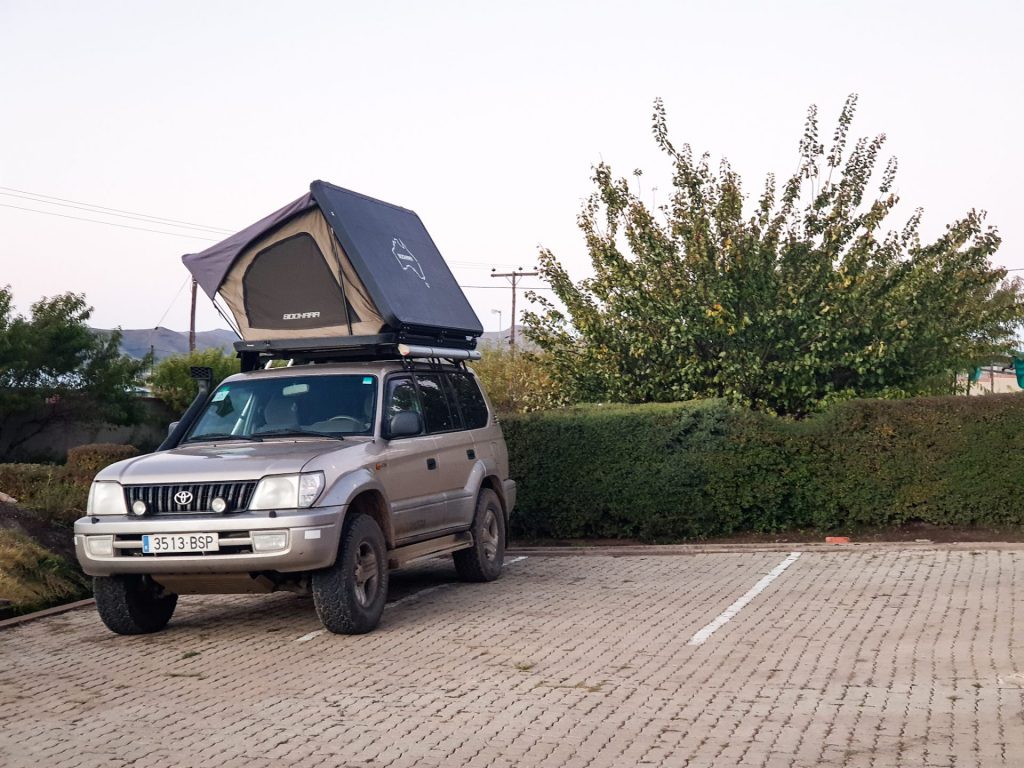
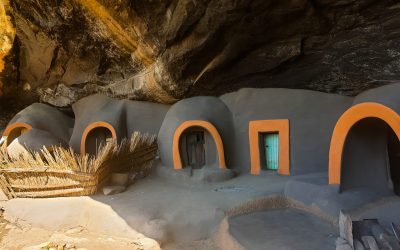
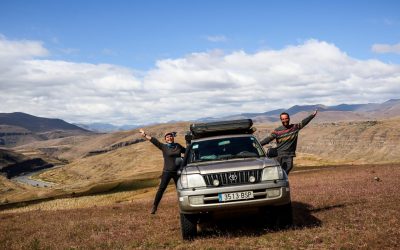

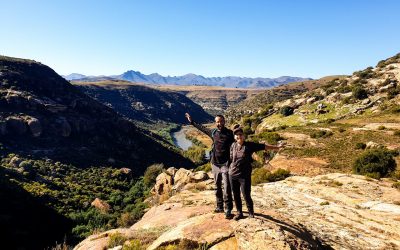
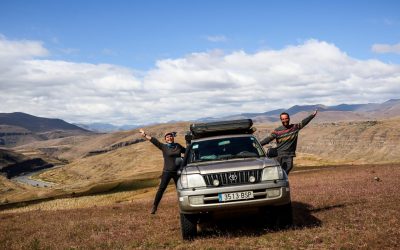


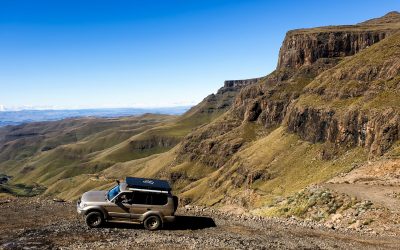
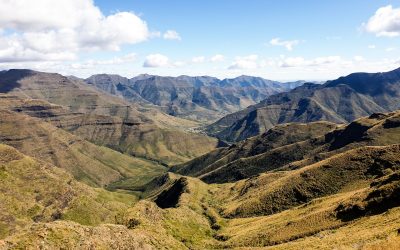
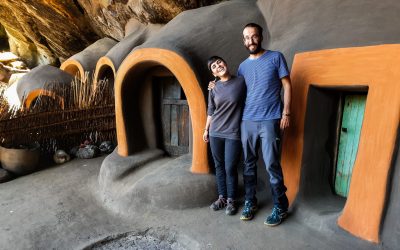
0 Comments